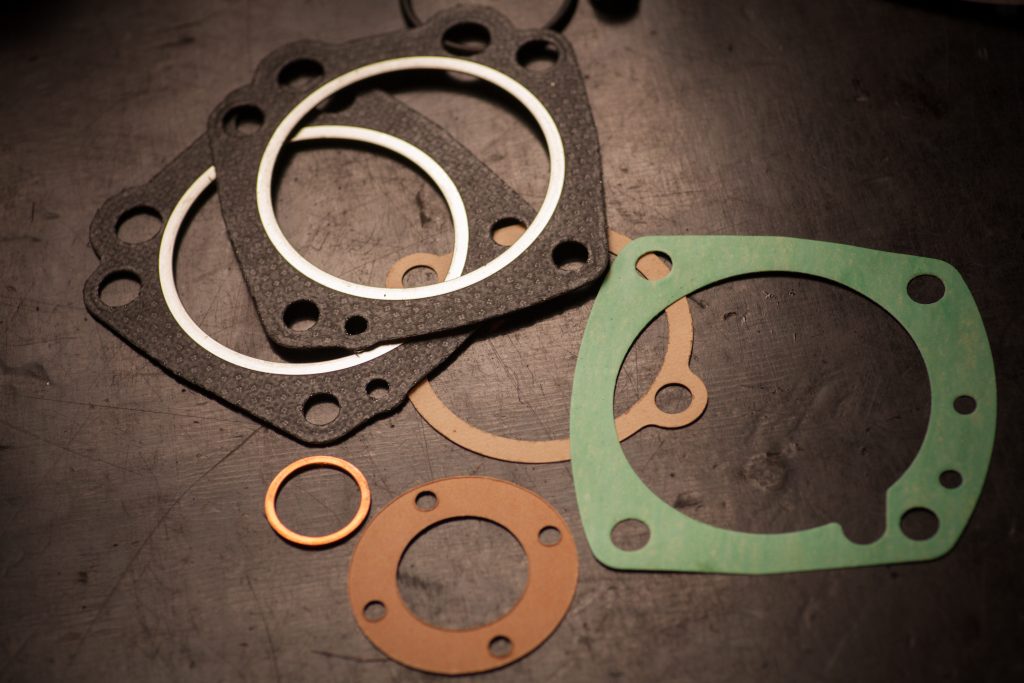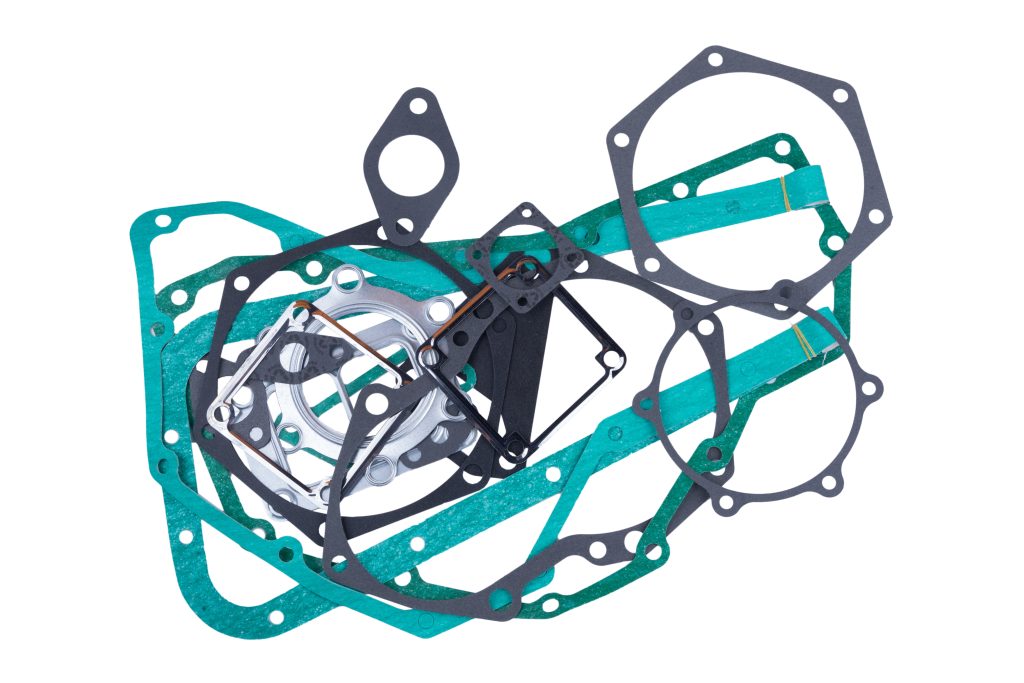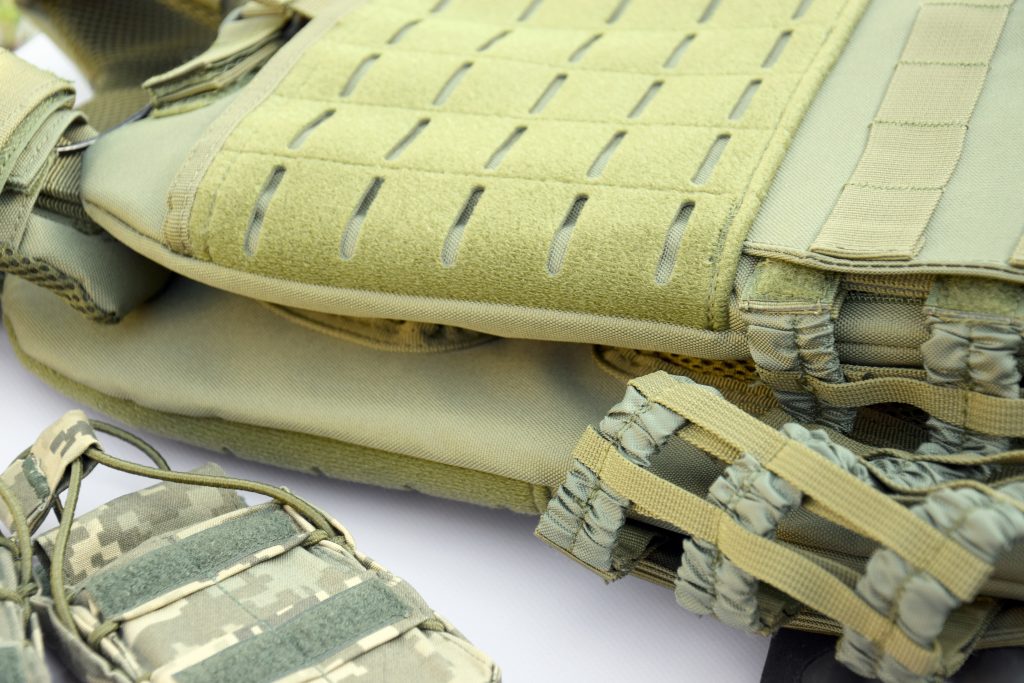Efficiency and Reliability
The Challenge
Gaskets, those indispensable sealing components ubiquitous in a myriad of industrial and mechanical applications, shoulder the crucial responsibility of preventing leaks and maintaining the optimal operation of machinery. They serve as silent sentinels, safeguarding the integrity of systems and ensuring that fluids, gases, and other substances remain contained within their designated boundaries. However, the conventional methods employed in the production of these essential components are not without their drawbacks and limitations. These time-honored techniques, while often effective, can pose a series of challenges that can impact the efficiency, precision, and overall quality of gasket manufacturing
Material Waste:
Die-cutting and hand-cutting methods often result in significant material scrap, increasing both costs and environmental impact.
Imprecision:
Inconsistent gasket shapes and dimensions can compromise sealing performance, leading to leaks, premature wear, and potential system failures..
Labor-Intensive:
Manual cutting processes can be time-consuming and prone to human error, particularly when working with complex gasket designs.
Limited Material Options:
Traditional methods may struggle with certain gasket materials, such as delicate fabrics, soft foams, or reinforced composites.
Exploring Cutting Solutions
To address these challenges, manufacturers are turning to more advanced gasket cutting techniques. Here's a brief comparison of common methods:
Die-Cutting:
Involves the use of a custom-shaped steel die to punch out gaskets from sheet material. Pros: Fast for high-volume runs of simple shapes. Cons: High tooling costs, limited design flexibility, potential material waste.
Waterjet Cutting:
Uses a high-pressure waterjet to cut through materials. Pros: Can handle a wide range of materials, intricate cuts possible. Cons: Can be messy, slower than some methods, potential edge delamination on certain materials.
Laser Cutting:
Utilizes a focused laser beam to cut or engrave materials. Pros: Unparalleled precision, non-contact cutting, minimal material waste, suitable for a vast range of gasket materials.Cons: Higher initial equipment investment compared to some methods.
Exploring Cutting Solutions
To address these challenges, manufacturers are turning to more advanced gasket cutting techniques. Here's a brief comparison of common methods:
Die-Cutting:
Involves the use of a custom-shaped steel die to punch out gaskets from sheet material. Pros: Fast for high-volume runs of simple shapes. Cons: High tooling costs, limited design flexibility, potential material waste.
Laser Cutting:
Utilizes a focused laser beam to cut or engrave materials. Pros: Unparalleled precision, non-contact cutting, minimal material waste, suitable for a vast range of gasket materials. Cons: Higher initial equipment investment compared to some methods.
Waterjet Cutting:
Uses a high-pressure waterjet to cut through materials. Pros: Can handle a wide range of materials, intricate cuts possible. Cons: Can be messy, slower than some methods, potential edge delamination on certain materials.
The Case for Laser Cutting
In many gasket manufacturing scenarios, laser cutting emerges as the optimal solution due to its numerous advantages:

Precision and Repeatability:
One of the most significant benefits of laser cutting is its unparalleled precision. The laser beam can be controlled with incredible accuracy, allowing for intricate cuts and engravings that would be impossible with traditional methods. This level of precision is particularly crucial in gasket production, where even the slightest deviation can compromise the seal's integrity
Complex Geometries:
Laser cutters excel at producing intricate gasket designs with exceptional precision. The technology's ability to faithfully follow digital patterns ensures that even the most complex and detailed designs can be replicated with accuracy and consistency. The laser's fine beam allows for the creation of delicate features, sharp corners, and intricate cutouts that would be challenging or impossible to achieve with traditional cutting methods.
Speed and Waste Reduction:
Laser cutting is a non-contact process, meaning there is no physical contact between the cutting tool and the material. This eliminates the risk of material distortion or damage, ensuring a clean and precise cut every time. Additionally, laser cutting generates minimal material waste, as the laser beam vaporizes the material rather than cutting it mechanically. This not only reduces waste but also minimizes the need for post-processing, saving time and resources.
Material Versatility:
Laser cutting is also incredibly versatile, capable of cutting a wide range of gasket materials, including rubber, silicone, foam, and more. This versatility makes it an ideal solution for gasket manufacturers who work with diverse materials and require a flexible cutting solution.

Real-World Example
A manufacturer specializing in gaskets for heavy-duty diesel engines was experiencing high scrap rates and inconsistent sealing performance using traditional die-cutting methods. By switching to laser cutting, they achieved:
30% reduction in material waste.:
Improved sealing reliability, reducing warranty claims and downtime.
Increased production flexibility to accommodate custom gasket orders quickly.
Conclusion
A manufacturer specializing in gaskets for heavy-duty diesel engines was experiencing high scrap rates and inconsistent sealing performance using traditional die-cutting methods. By switching to laser cutting, they achieved:
Additional Case Studies

Laser-Cut Innovation Transforms Fashion Design
An independent fashion designer specializing in contemporary womenswear with an emphasis on intricate detailing and surface embellishment


